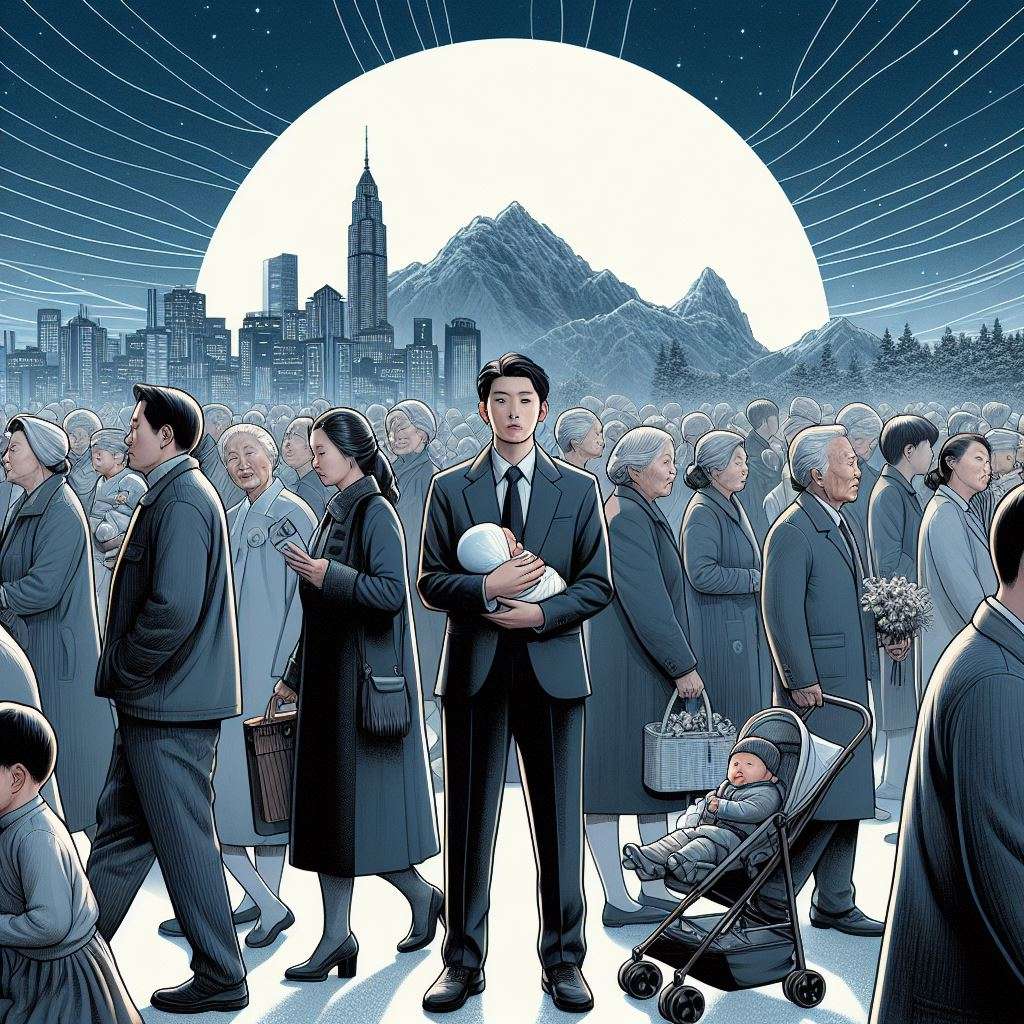Hope in Hardship: The Path to a Brighter Future Amidst Korea’s Family Trends
Historical Context Post-war Family Structures: Explore how families were traditionally structured in the post-war era, focusing on the predominance of extended families and the communal living style. Impact of Industrialization and Urbanization: Discuss how Korea’s rapid industrialization and urbanization have reshaped family dynamics, leading to a shift from traditional to more modern structures. Recent Shifts … 더 읽기



